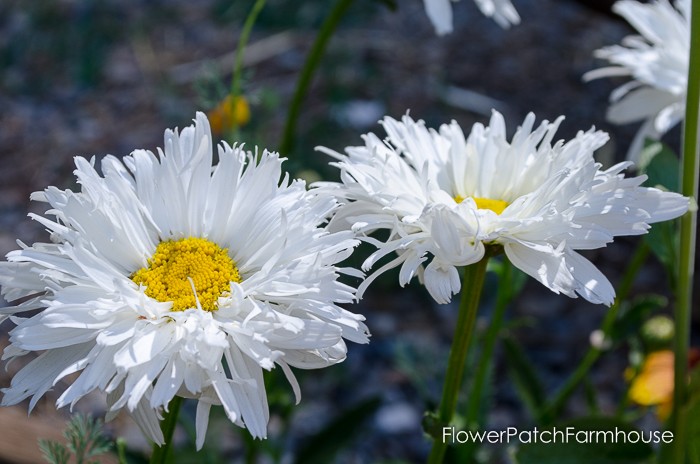find barren to Share !
Propagate plants with root divisions, a guide to getting free plants, and a healthier garden!
split your perennials is an excellent way to expand your garden for free while ensuring your live plants stay levelheaded . multiplication by origin partition is a aboveboard unconscious process that help control overgrown plants and amend their wellness , keeping your garden alcoholic and vivacious .
Key Takeaways
Why Divide Perennials?
Dividing perennials not only give you more plants but also helps regenerate those you already have . After three to four twelvemonth , or if they are especially vigorous , many perennial become crowded .
Crowded perennial bloom less . split up them helps bring off growth and encourages healthy , more attractive bloom .
Best Time to Divide Plants
The ideal metre for dividing most perennial are in the spring or dip . drop is often preferred as the plant can put down root in the new locating while the dirt is warm before very cold conditions sets in .
Many also divide works in other Spring and that work too but the works get a head start when part and implant in Fall .
With proper care , you’re able to divide them anytime between spring and fall , but it can be a mo tricky .

If you ’re separate during the blistering summer months , be certain to keep the fresh divisions well - water and provide them with shade .
unproblematic method like cloak shade cloth or burlap over a bod ( such as tomato cages ) work wonder to protect plants from the harsh sun .
How to Divide Perennials
Here ’s a step - by - step guide to help you through the cognitive operation :
Prepare the Area:
A few days before dividing , water the plant deeply to damp the background , making it light to labour . In spring , when the soil is already moist , you’re able to skip this measure .
Dig Around the Plant:
commence digging a few inch out from the plant life ’s base to captivate a good fortune of the tooth root ball . Be sure to dig deep , especially if your plants are well - established .
Remove the Plant:
Dig around the entire thumping to airlift it from the ground . If needed , rinse the filth off with a hose to give away the roots . This helps you see where to split the plant life .
you may either displume them aside by hand or use a astute shovel to cut through the bulk . If you need to use a garden knife or see to swerve through the roots .
Replant or Pot Up:
verify each young part has a healthy set of roots and leaves . you’re able to either plant them in a raw spot in your garden or pot them up to portion out with friends .
Always plant at the same depth as before , water thoroughly , and mulch to conserve moisture . Protect them from biff and snails . Organic bait works well and so does a product called New Saturday Lime .
Keep in judgment that perennials with a single big tap root or a woody base do not like to be divided . ( lavender and sea holly are examples ) You are better off taking cuttings or planting from seed .

Another wonderful thing about stem division propagation is you get a nice - sized works mighty aside rather than protrude with diminutive seedlings and you have an exact knockoff of the parent plant .
Tips for Success
Plants Ideal for Root Division
Some not bad plants you may spread with origin division are : Hardy GeraniumsEchinacea or ConeflowerDelphiniumsDaisies
To Sum Up
tooth root division is an easy , monetary value - in effect way to get more plants while keeping your garden thriving . Whether you ’re expanding your garden or partake in plants with ally , this method acting will help you rise beautiful perennials and keep your existing ones hefty .
Further Reading
For more tips and gardening advice , tick out these article :
Happy Digging !
Hi, I’m Pamela






